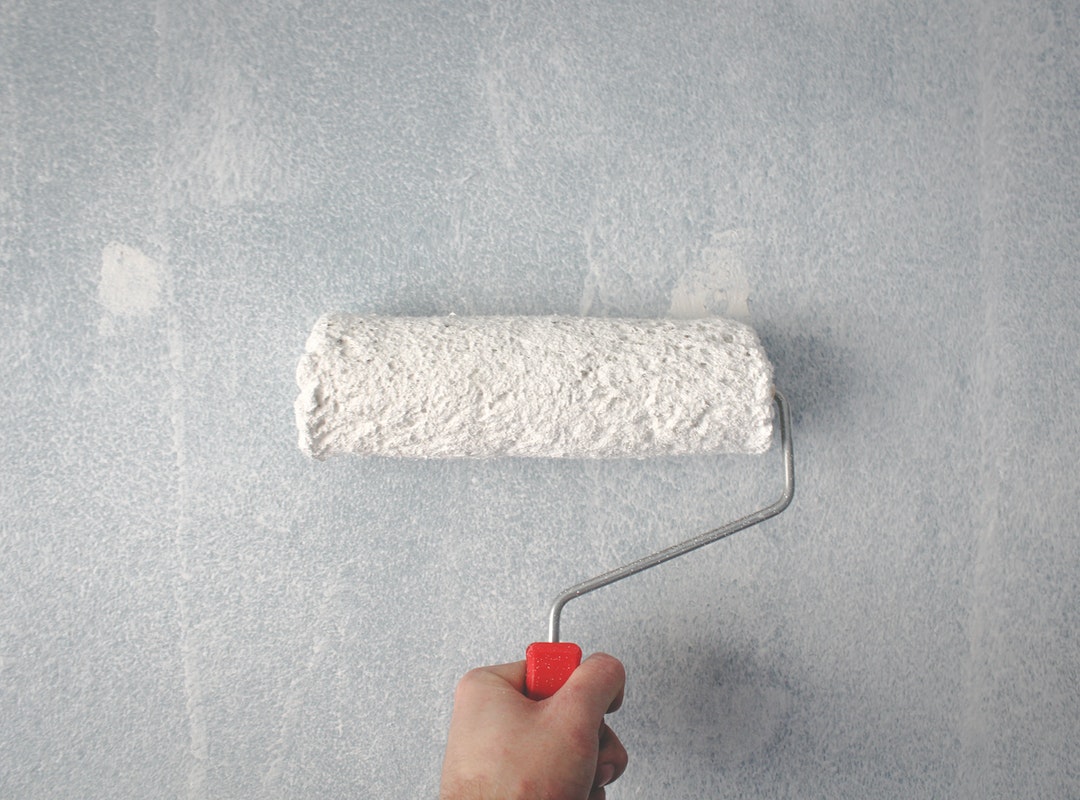
We are reader-supported. When you buy through links on our site, we may earn an affiliate commission.
Architecture has evolved dramatically over the last 100 years. Depending on where you’re looking to live, you can find homes and businesses that date back centuries. Unfortunately, many antique homes used construction materials — such as lead and asbestos — that we know today to be unsafe.
That shouldn’t discourage you from investing in a piece of historic architecture. Why was lead paint so popular? When did contractors stop using it? If you’re moving into a house with lead paint, what can you do to reduce your risks?
The Popularity of Lead Paint
Lead as a paint additive dates back to the 4th century BC. Ancient Greek authors like Theophrastus and Pliny the Elder wrote about the creation of a substance known as lead white. Lead was a popular additive to paints for centuries because it reduced drying time and made it more durable and moisture resistant.
Contractors stopped using lead paints in the United States when the federal government banned its use in 1978, but any homes built before the ban could contain lead paint.
Be Aware of the Risks
Why do you need to worry about lead paint in your new home? Lead paint can be incredibly durable, which was part of its appeal, but once it starts to break down, it releases lead dust into the atmosphere. In high concentrations, lead is dangerous to both children and adults.
Regarding children, lead exposure can lead to brain, nervous system and kidney damage, behavioral issues, slowed growth, and many other ailments. As for adults, whose primary source of exposure is lead dust from deteriorating paint, the element can cause anemia, hearing loss, kidney damage, and fertility problems in both genders.
That said, if there is lead paint in your home and it’s in good condition, it generally doesn’t present a health risk. If the paint is cracking and peeling, you’ll need to take steps to protect yourself and your family from lead poisoning.
Know Your Rights
When you’re purchasing a home built before 1978, it’s essential to understand your rights when it comes to lead paint. By law, for any building that meets these criteria, real estate agents must provide you with the following:
- A pamphlet approved by the EPA with information about protecting your family from lead in your home.
- Any information that they have about the presence of lead on the property.
- An addendum to your contract that confirms that they’ve informed you about the lead.
- Ten days to conduct an inspection, though, you can choose to waive this if you like.
The rules are the same for landlords and tenants, though they don’t have to provide an inspection window like you do for homebuyers. As a renter, you can request that your
landlord have the property inspected for lead paint before you sign any paperwork.
Encapsulate The Lead
If you love the look of the antique architecture in your home, stripping it to bare walls to get rid of every chip of lead paint is probably the last thing on your mind. In addition to being expensive, it releases massive amounts of lead dust into the air. That is where encapsulants come in.
These are materials that you can apply over your existing walls to prevent it from releasing dust or chips that could put dangerous levels of lead into your home. Keep in mind that if you choose to use this material, you need to ensure that you’re purchasing actual lead encapsulants — regular house paint does not serve the same function.
Removing Lead Paint
In some situations, especially when encapsulation isn’t sufficient to prevent lead paint chips or dust from escaping, removing the contaminated paint will be your only option. Removing lead paint isn’t something that you can tackle as a DIY project. You need to call a professional contractor because they need to seal the lead to keep the dust from spreading.
Trying to remove lead paint yourself without professional equipment can leave you at risk for toxic lead exposure. If you’re unsure where to start, consider calling the EPA’s National Lead Information Center to gather information and decide on the best course of action.
Risks of Moving Into a House With Lead Paint
If you find yourself moving into a house with lead paint, there are plenty of things you can do to reduce your risk. If the paint is in good shape, it doesn’t necessarily represent a health risk. It’s paint chips and dust you need to be on the lookout for. If the paint starts to fall apart, encapsulation or removal are your best options — but don’t try to remove it on your own. It is a job best left for the professionals.







